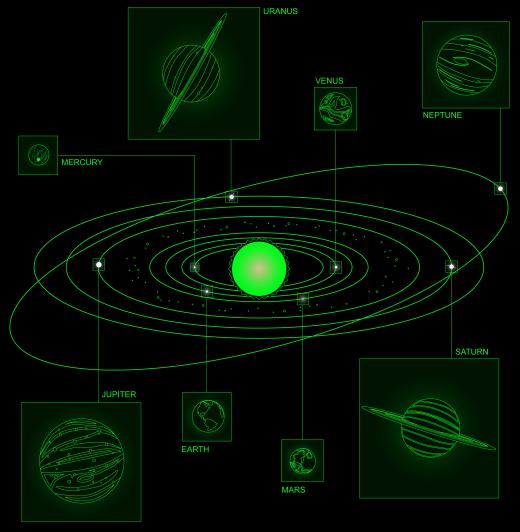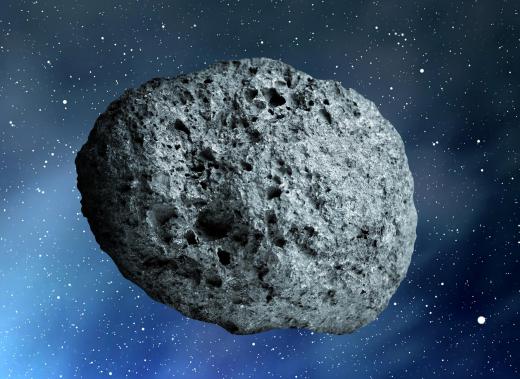What are Some Prominent Features of the Asteroid Belt?
 Michael Anissimov
Michael Anissimov
The asteroid belt contains 98.5% of the solar system's known asteroids, extending between about 2 astronomical units (AU, or Earth-Sun distances) to 3.3 AU from the Sun. It contains between 700,000 and 1.7 million asteroids over 1 km in diameter, but its total mass is only about 4% of the Moon. The asteroid belt contains a dwarf planet 900 km in diameter, Ceres, and three large asteroids, Vesta, Pallas and Hygiea, with an average diameter of 450 km. These bodies collectively make up half the mass of the asteroid belt.
The asteroid belt exists because the orbits there are extremely stable, determined primarily by gravitational interactions between the Sun and Jupiter. The remaining majority of the protoplanetary disc either became planets, fell into the Sun, or have been ejected in eccentric orbits as comets. Another stable area is the Kuiper belt, located outside the orbit of Neptune, safe from being swept up by the gas giants.

Contrary to depictions in fiction, the asteroid belt looks relatively sparse up close. Numerous unmanned spacecraft have passed through it without a single noticeable collision. However, any long-term colonies there would probably require slightly stronger than usual shielding. The asteroid belt could also be a tremendous source of resources in the future. The carbonaceous, silicate, and metallic asteroids found there would be worth many trillions of dollars at current prices, if they could be utilized.

Due to gravitational agitation by Jupiter, the asteroid belt will never coalesce into a planetary body. If it were going to happen, it would have already done so a long time ago. The constant mutual collisions between asteroid belt bodies cause them to break down faster than they aggregate. Dust from these collisions has too little mass to stay in a stable solar orbit, and slowly spirals down into the Sun over the course of 700,000 years, producing the faint glow in dark night skies known as the zodiacal light.
AS FEATURED ON:
AS FEATURED ON:












Discussion Comments
cool and helpful, thanks!
Post your comments